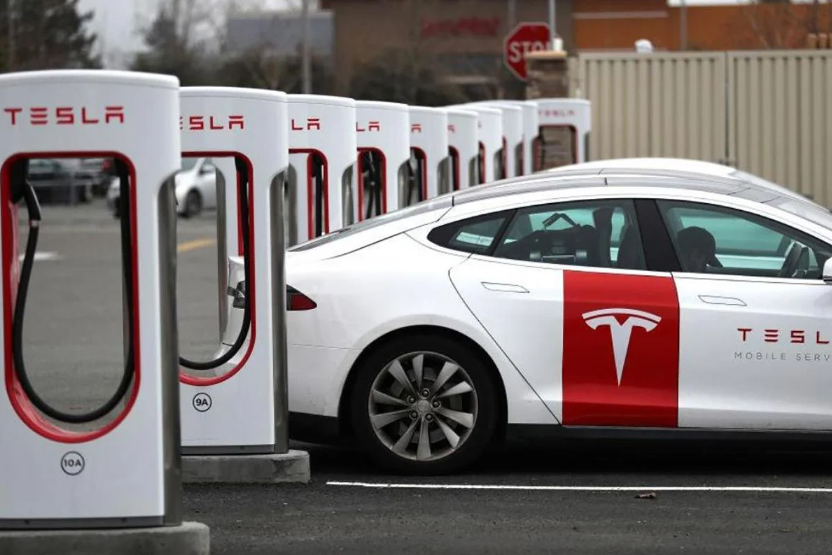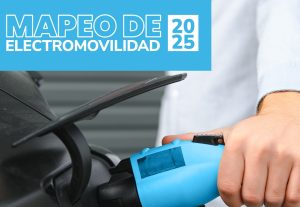The U.S. government issued a regulation aimed at further boosting the production of electric vehicles. The decision seeks to make the majority of new passenger cars and light vans sold in the United States all-electric or hybrid by 2032.
The final version of the Environmental Protection Agency‘s (EPA) Clean Cars rule is the most stringent federal climate regulation issued for passenger cars and trucks.
Despite offering manufacturers a slightly slower phase-in of pollution limits than the EPA had first proposed in 2023.

Read also: Mexico: VEMO and Uber Sign Agreement to Finance Electric Vehicles
Legislation Details
The rule leaves open the option for the auto industry to build a mix of fully battery-powered cars, plug-in hybrids that run on electricity and gasoline. And more efficient conventional engines.
A record 1.2 million electric vehicles left dealerships last year, but they accounted for only 7.6% of total U.S. auto sales. Far short of the 56% target set by the new EPA regulation.
US President Joe Biden reiterated his climate promises. “Three years ago,” he recalled, “I set an ambitious goal: that half of all new cars and trucks sold by 2030 would be zero-emission.”
In endorsing the electric vehicle regulation, Biden said, “Together we have made historic progress. Hundreds of new factories expanded across the country. Hundreds of billions in private investment and thousands of good-paying union jobs. And we will meet my 2030 goal and make progress for years to come.”
The U.S. estimated reaching net zero emissions by 2070, but the new scenario is to bring it closer to 2050. And this rule, recently approved by the EPA, increasingly limits the amount of pollution allowed from tailpipes over time.
In that sense, it is expected that by 2032, more than half of all new cars sold in the United States will be zero-emission.




